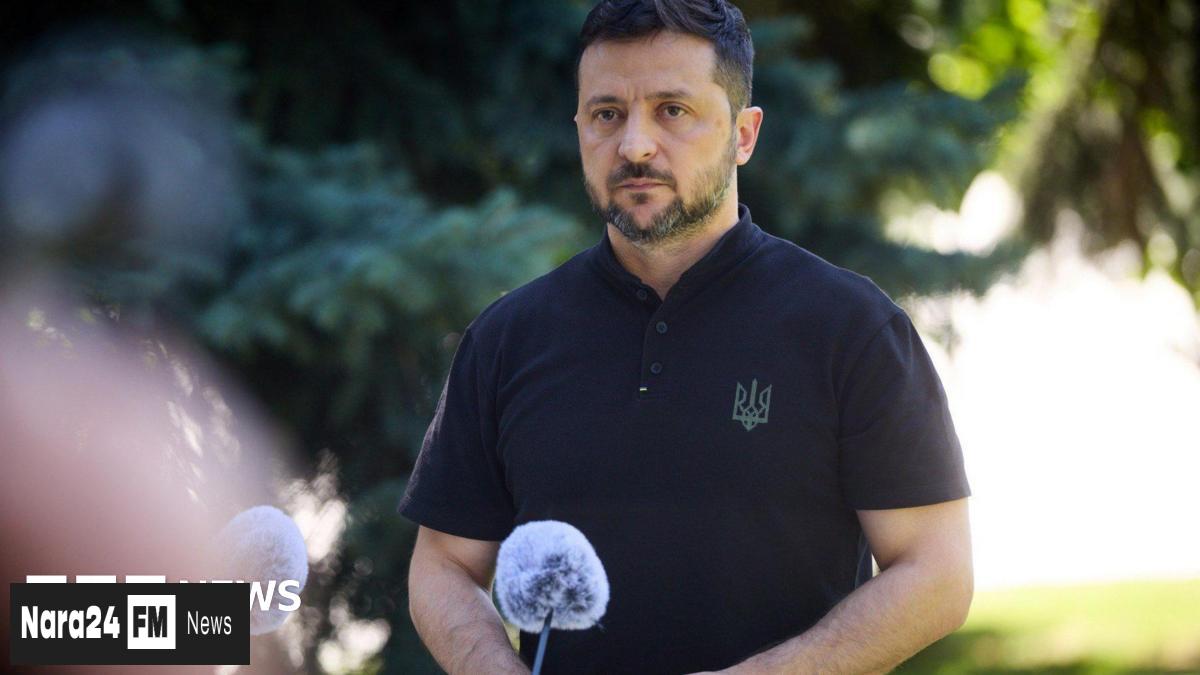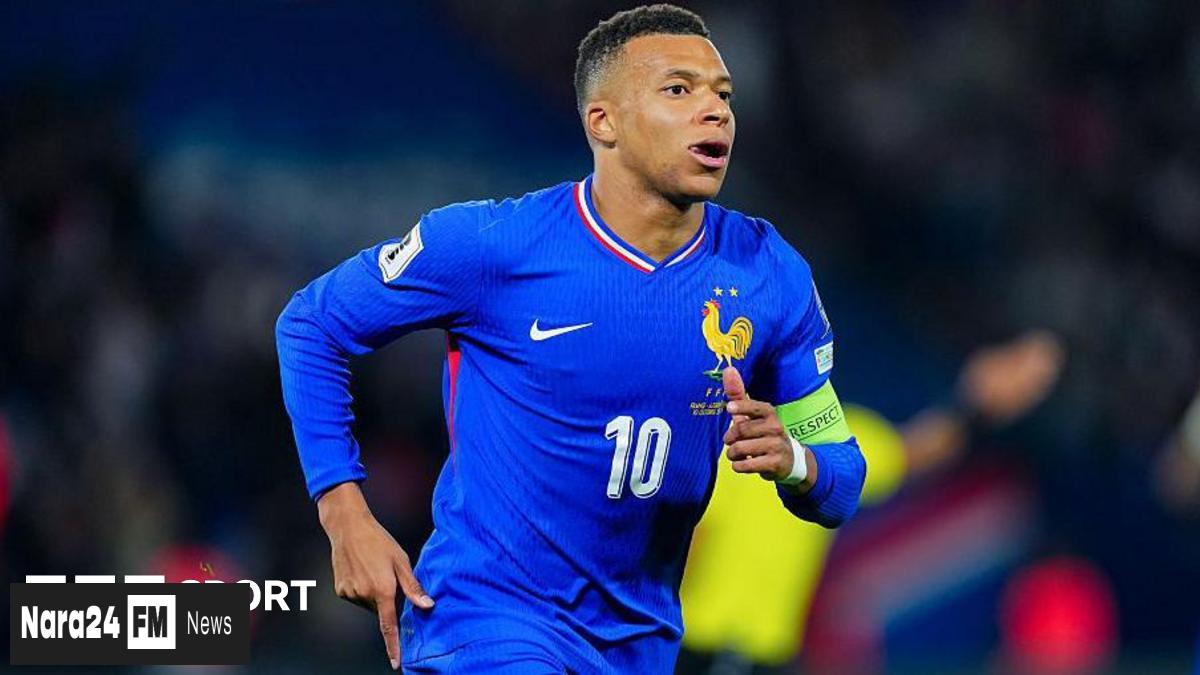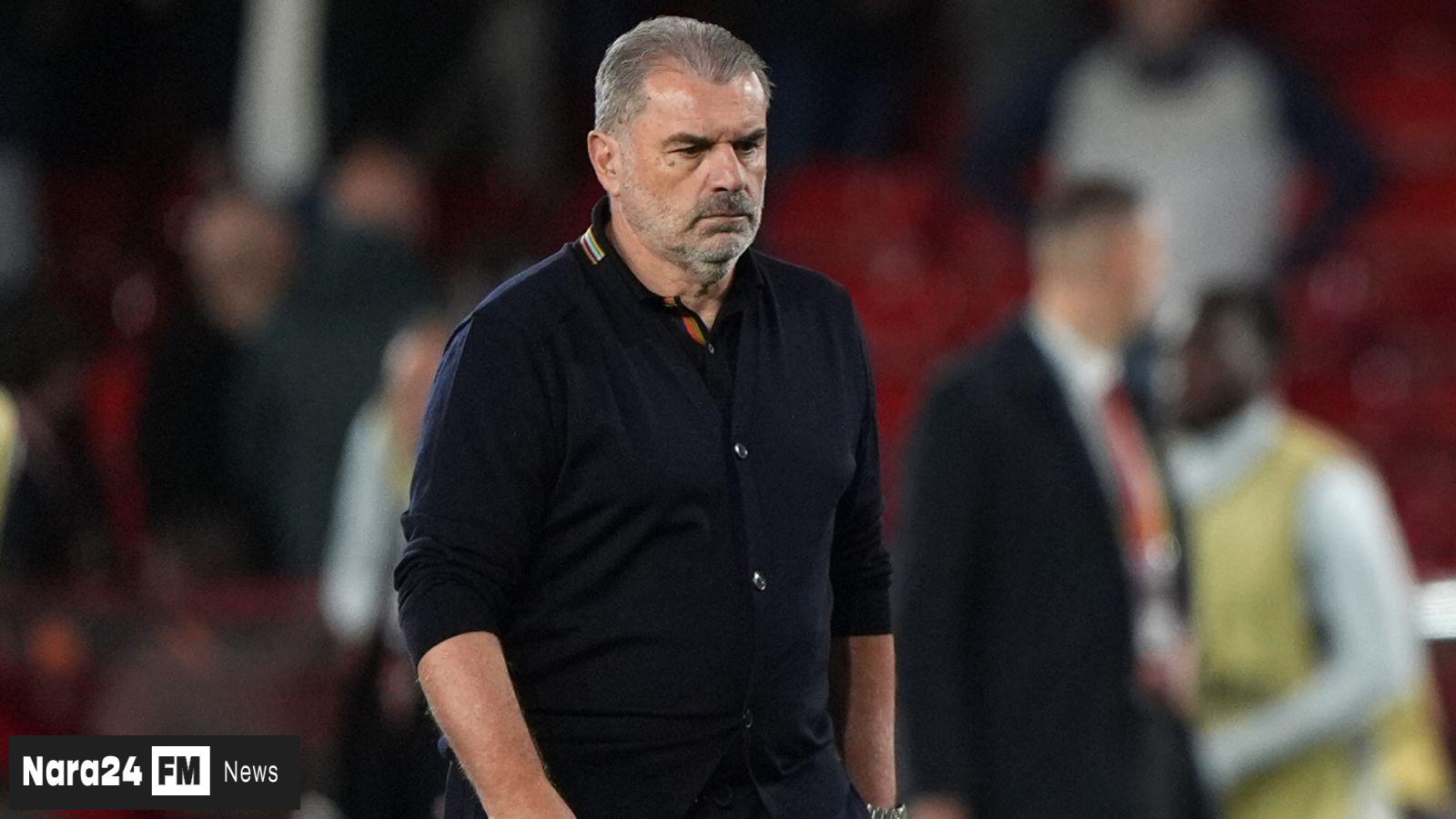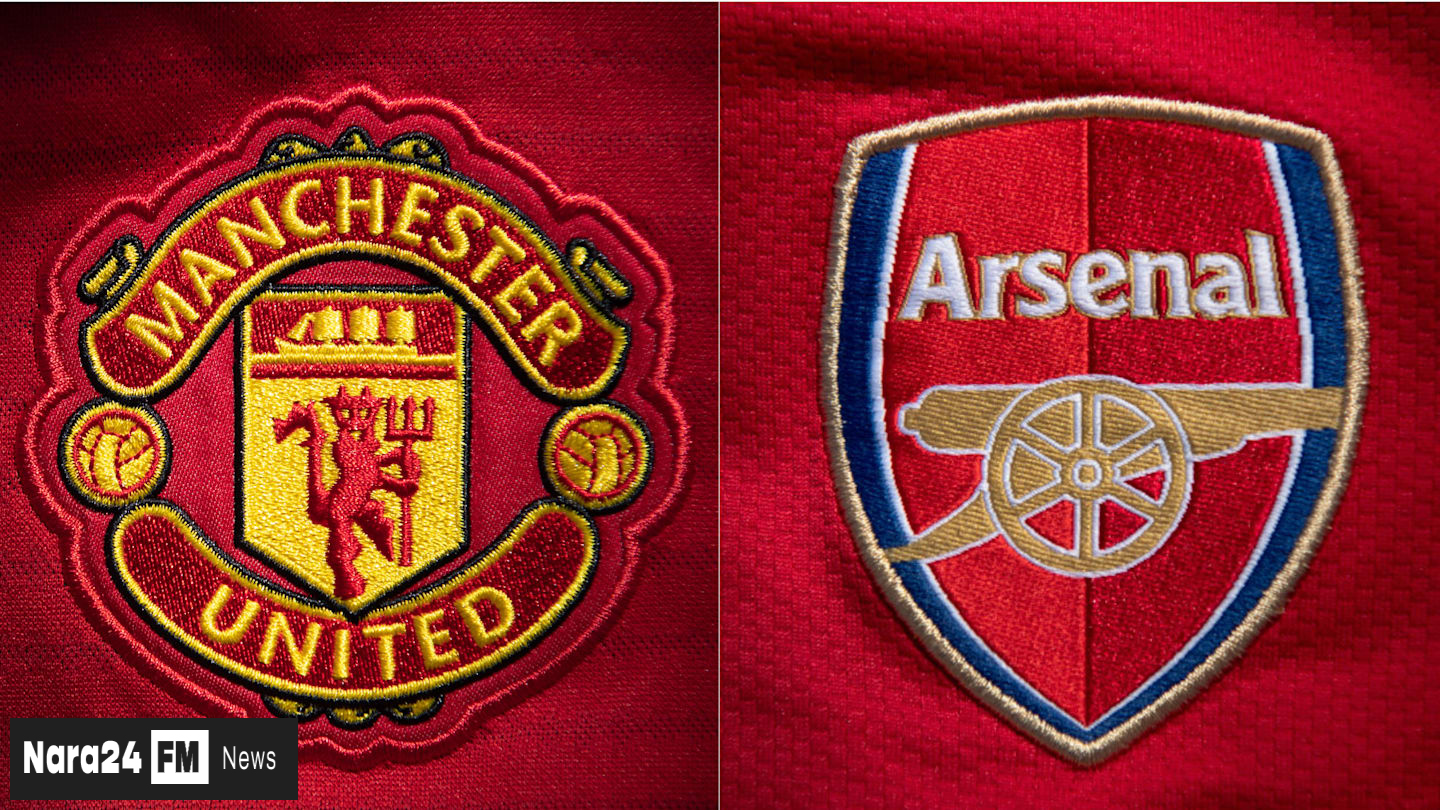In This Article
- Zelensky's Rejection of Buffer Zone Proposals
- Context of Buffer Zone Discussions
- Recent Escalation and EU Response
- Stalled Diplomatic Efforts
- EU Security Guarantees and Russian Counterpoints
- Prolonged Conflict and Geopolitical Challenges
Key Takeaways
- Ukraine's President Zelensky has rejected proposals for a buffer zone between Ukrainian and Russian forces, calling them outdated and ineffective due to the widespread use of drones in modern warfare.
- European diplomats have suggested a 40km buffer strip as part of potential ceasefire or long-term peace initiatives, but Zelensky argues that Ukraine's conflict has evolved beyond static territorial divisions.
- Zelensky insists that Moscow must withdraw from occupied Ukrainian regions instead of establishing a buffer zone, reaffirming Kyiv's refusal to cede sovereignty.
- The conflict has escalated dramatically with Russia launching 629 drones and missiles at Kyiv, killing 23 people in one of the largest attacks since the war began.
- Diplomatic efforts to end the 40-month war have stalled, with hopes for a Trump-organized summit between Zelensky and Putin fading after German Chancellor Friedrich Merz declared talks 'obviously not' happening.
Ukrainian President Volodymyr Zelensky has firmly rejected calls for establishing a buffer zone between Ukrainian and Russian forces, calling such proposals outdated and incompatible with the realities of contemporary warfare. Speaking to journalists on Friday, Zelensky argued that the widespread use of drones has rendered traditional demilitarized zones ineffective, emphasizing that both sides already maintain a de facto "dead zone" due to the risks of aerial strikes near frontline positions.
This stance follows a Politico report suggesting European diplomats have floated the idea of a 40km (25-mile) buffer strip as part of potential ceasefire or long-term peace initiatives. While historical precedents include post-WWII physical boundaries like the Iron Curtain and inter-Korean demilitarized areas, Zelensky contended that Ukraine’s conflict has evolved beyond static territorial divisions. "Heavy artillery on both sides operates more than 10km apart because drones can target anything within range," he stated, underscoring the fluid nature of the battlefield.
Zelensky also dismissed territorial compromises within such a zone, insisting Moscow must withdraw from occupied Ukrainian regions instead. "If Russia wants distance, they should retreat deeper into the areas they temporarily hold," he said, reaffirming Kyiv’s refusal to cede sovereignty. His remarks came amid stalled US-led diplomatic efforts to end the 40-month war, with hopes for a Trump-organized summit between Zelensky and Vladimir Putin fading after German Chancellor Friedrich Merz declared talks "obviously not" happening, citing Putin’s disinterest.
The conflict escalated dramatically Thursday when Russia launched 629 drones and missiles at Kyiv, killing 23 people in one of the largest attacks since the war began. Two missiles struck near the European Union’s offices in central Kyiv, sparking condemnation from EU leaders. In Toulon, France, Merz and French President Emmanuel Macron vowed to intensify pressure on Moscow, with Macron warning that missed deadlines for peace talks would expose Putin’s "deliberate refusal" to engage.
Meanwhile, Zelensky’s chief of staff, Andriy Yermak, met in New York with U.S. officials including Secretary of State Marco Rubio and Vice President JD Vance, reiterating Ukraine’s openness to peace initiatives despite Russian obstruction. EU foreign policy chief Kaja Kallas announced plans for "robust and credible" security guarantees, akin to NATO protections, should negotiations progress. Russia’s foreign ministry spokeswoman, Maria Zakharova, countered that Western proposals unfairly target Moscow, demanding recognition of Russia’s "security interests" as a prerequisite for dialogue.
As diplomatic channels narrow, European defense ministers warn the war could persist for "many more months." Zelensky’s administration maintains its focus on military resilience, while the EU grapples with balancing humanitarian support and strategic leverage against a conflict increasingly shaped by technological asymmetry and entrenched geopolitical divides.








Comments (0)
Leave a Comment
Be the first to comment on this article!